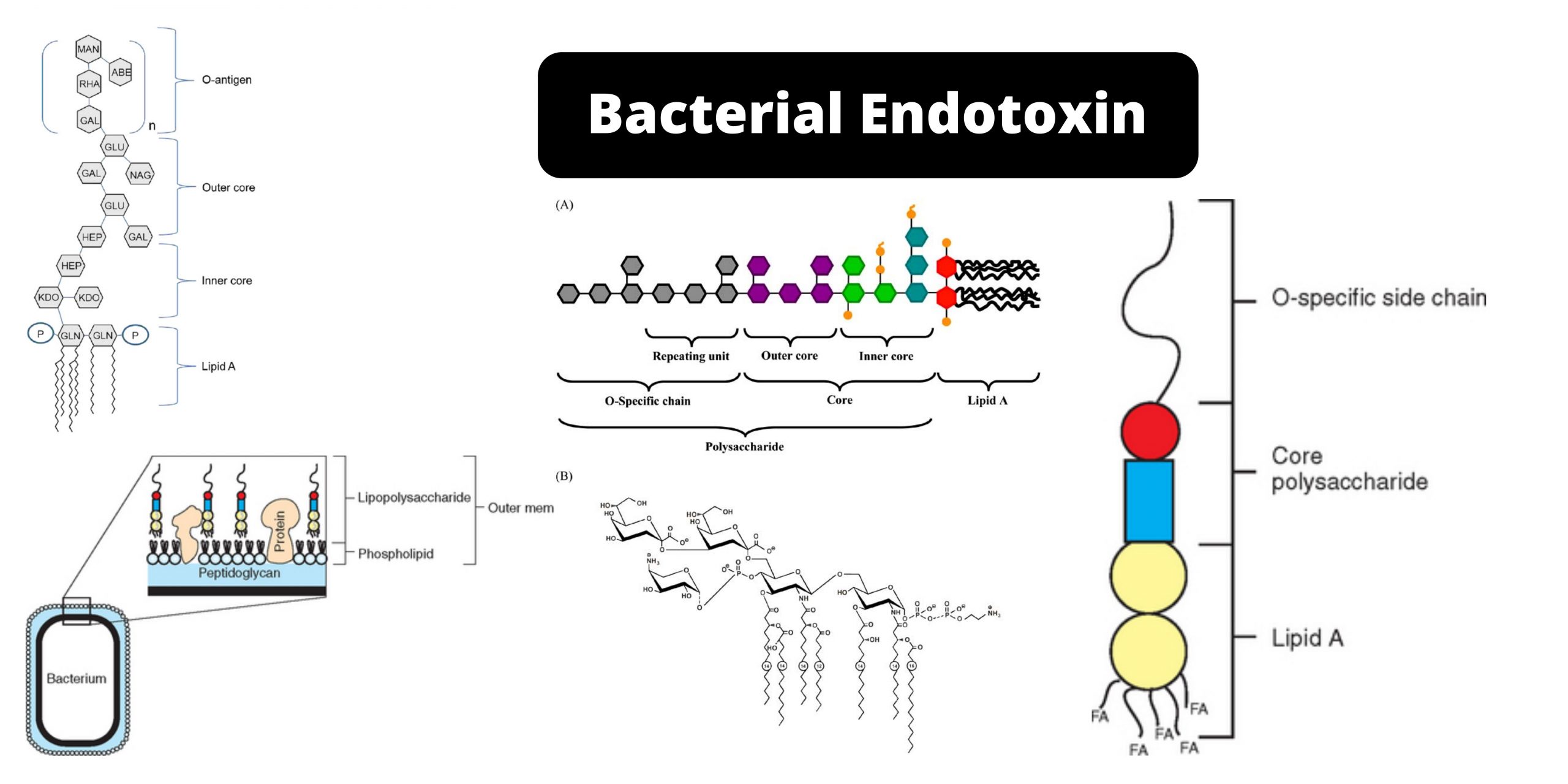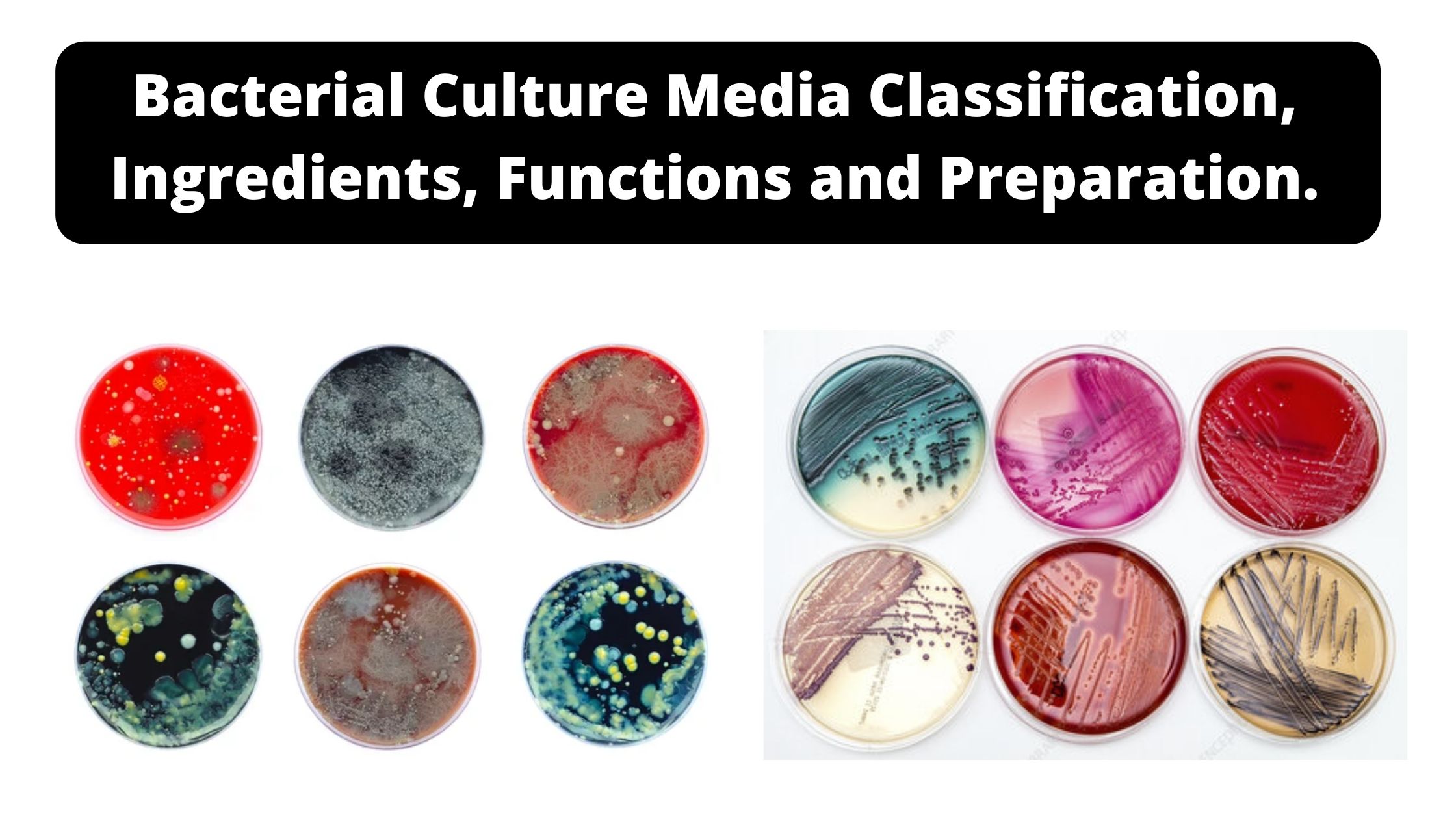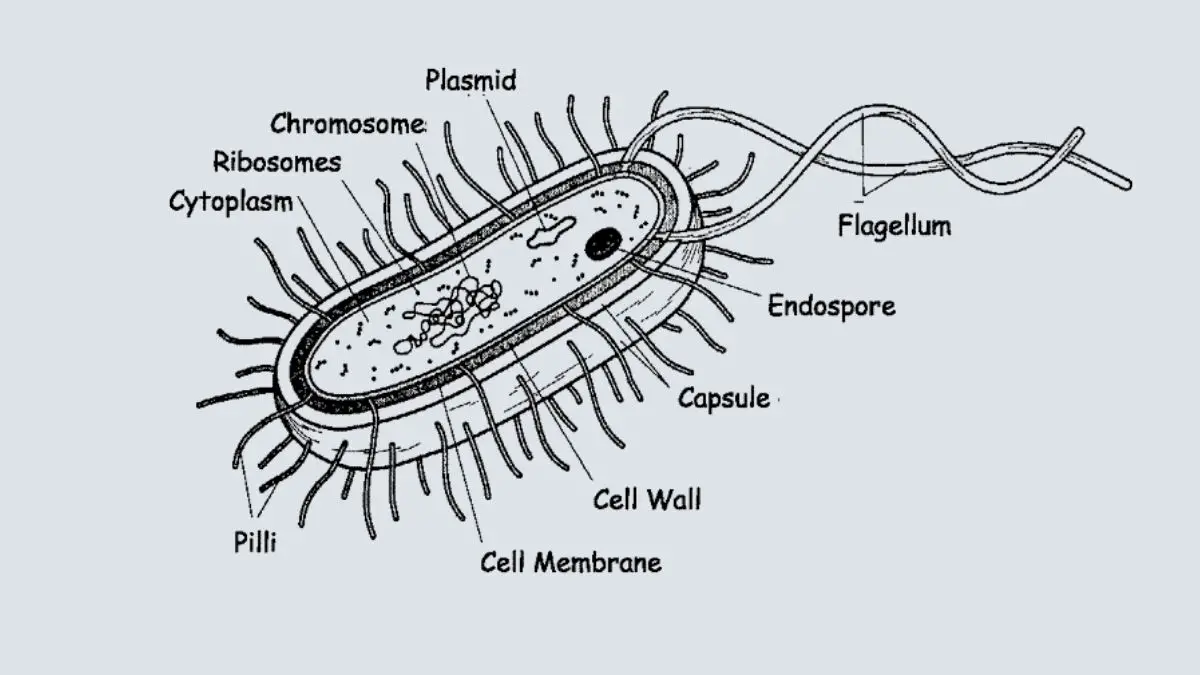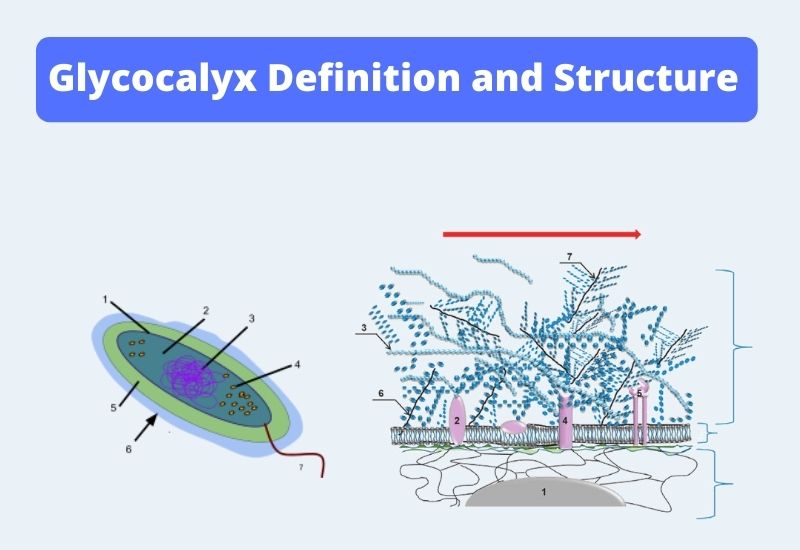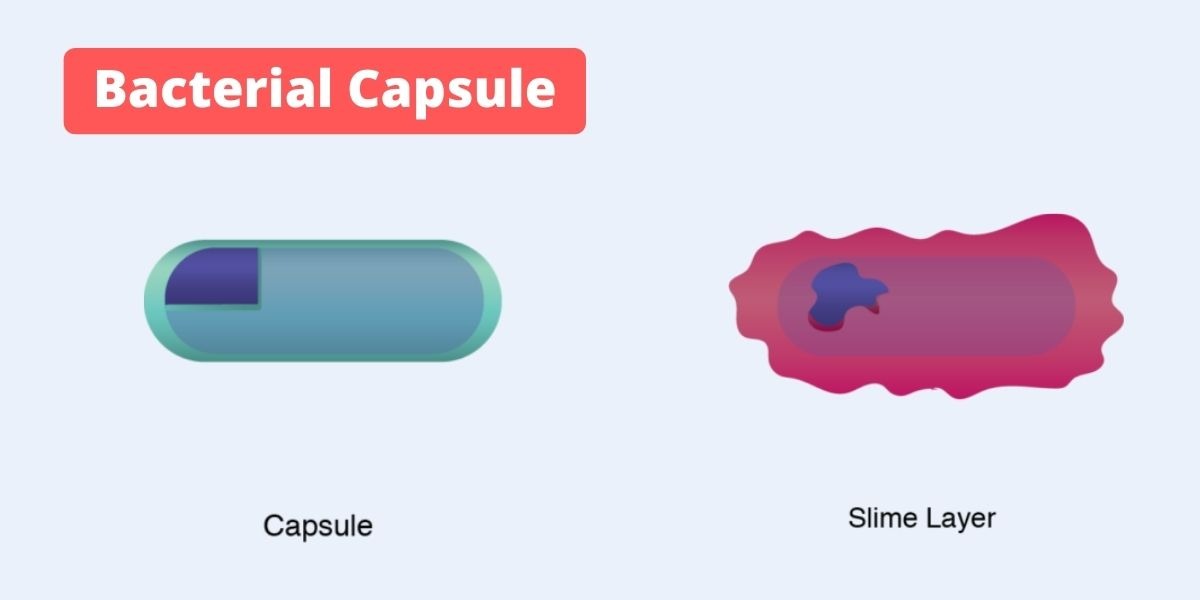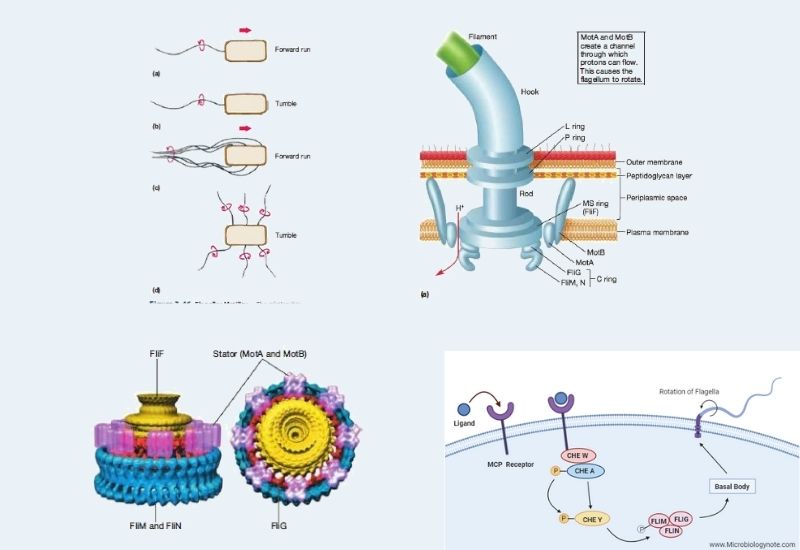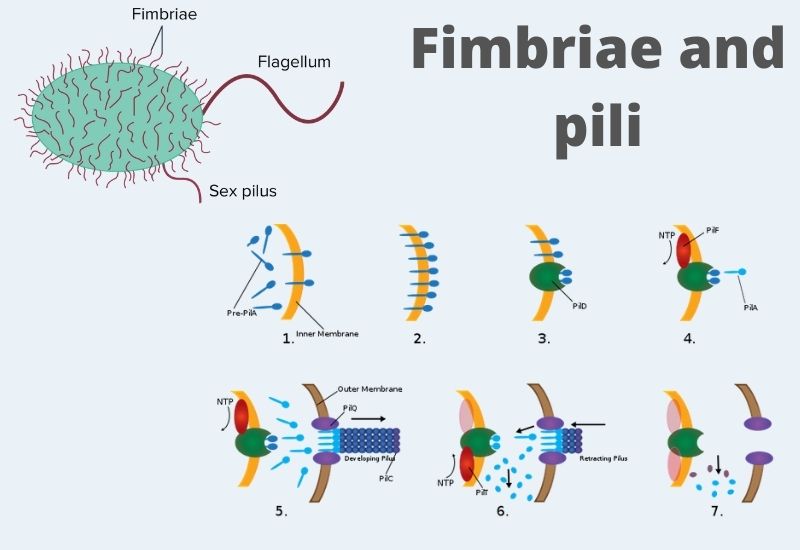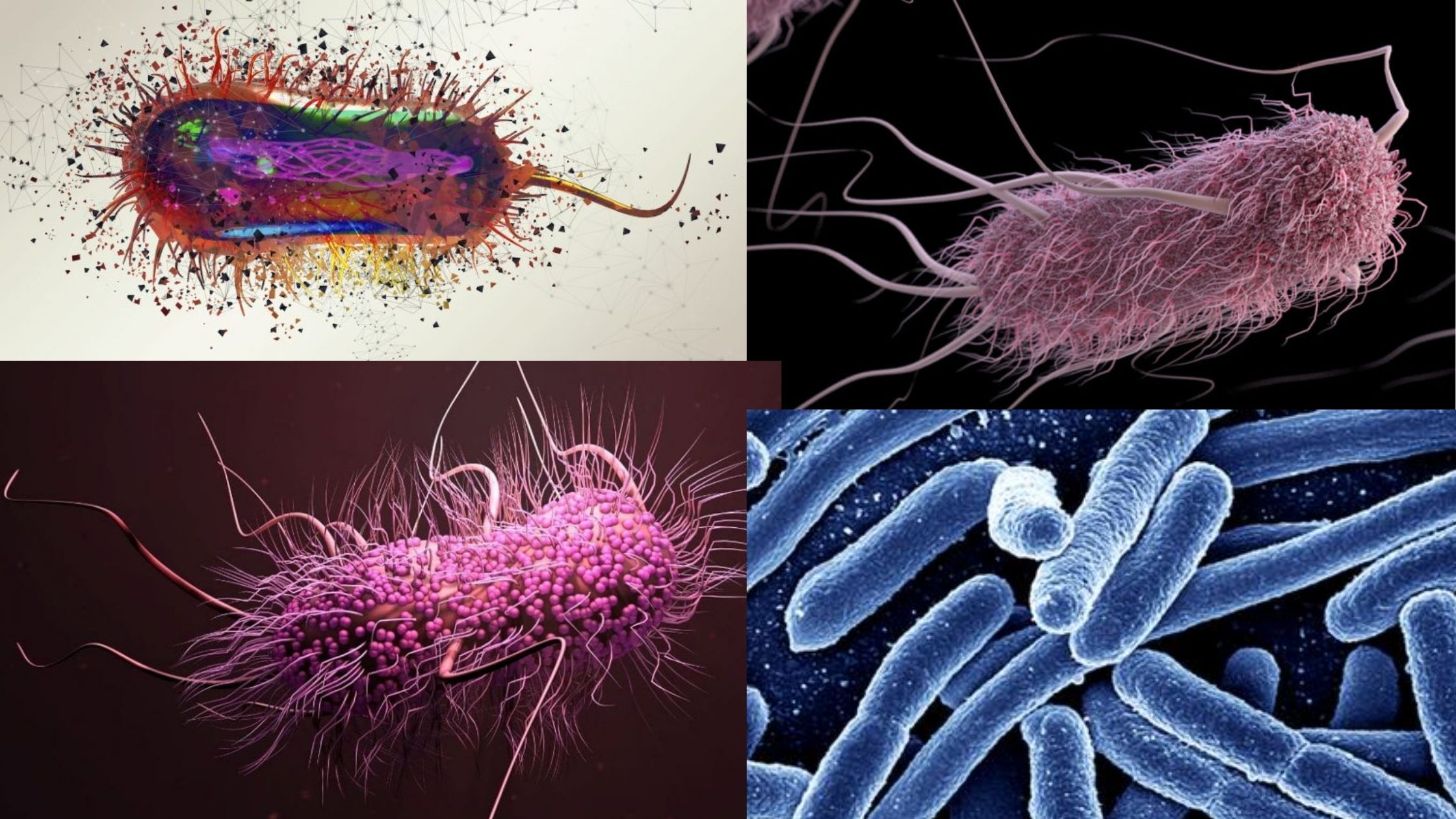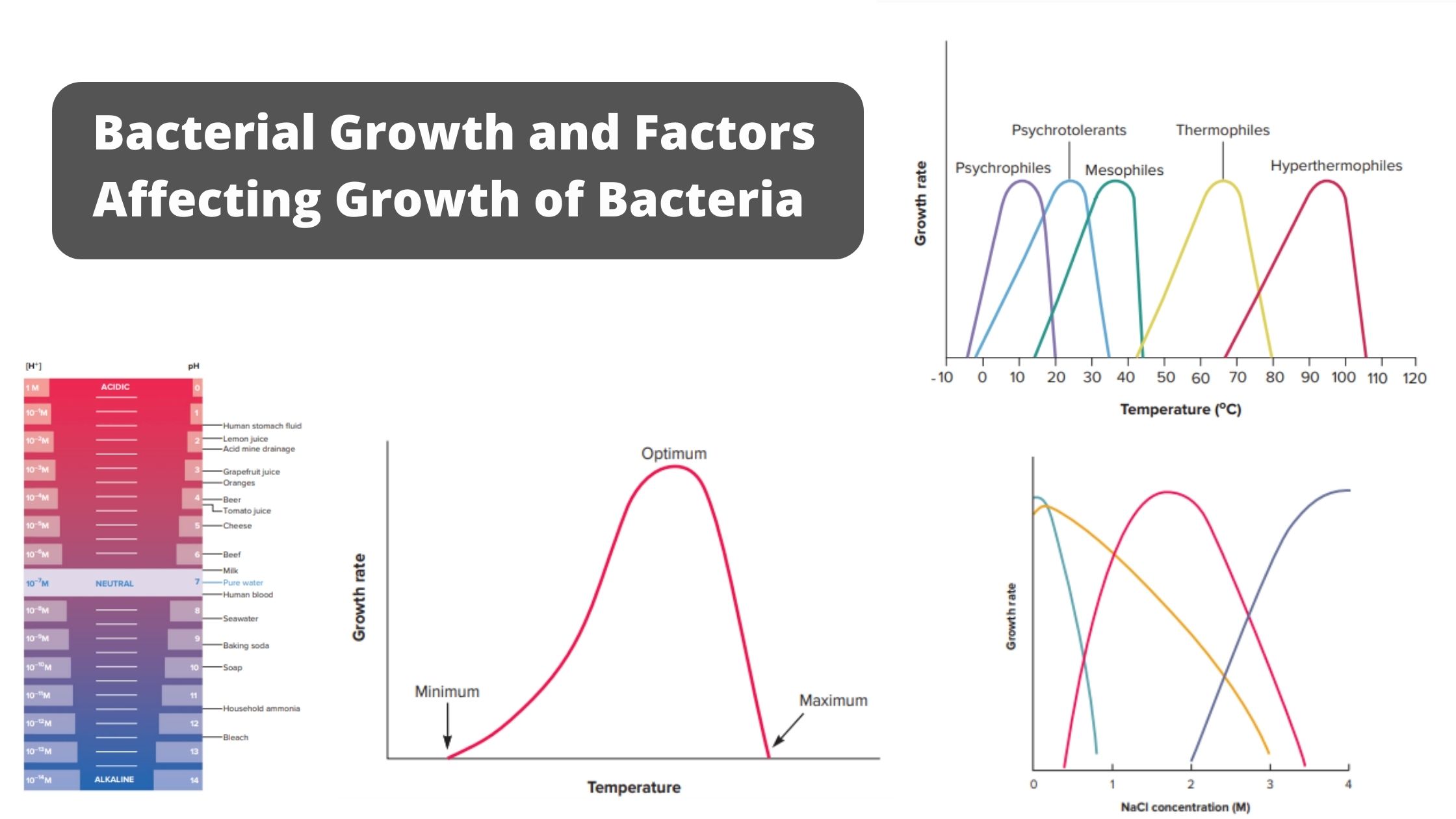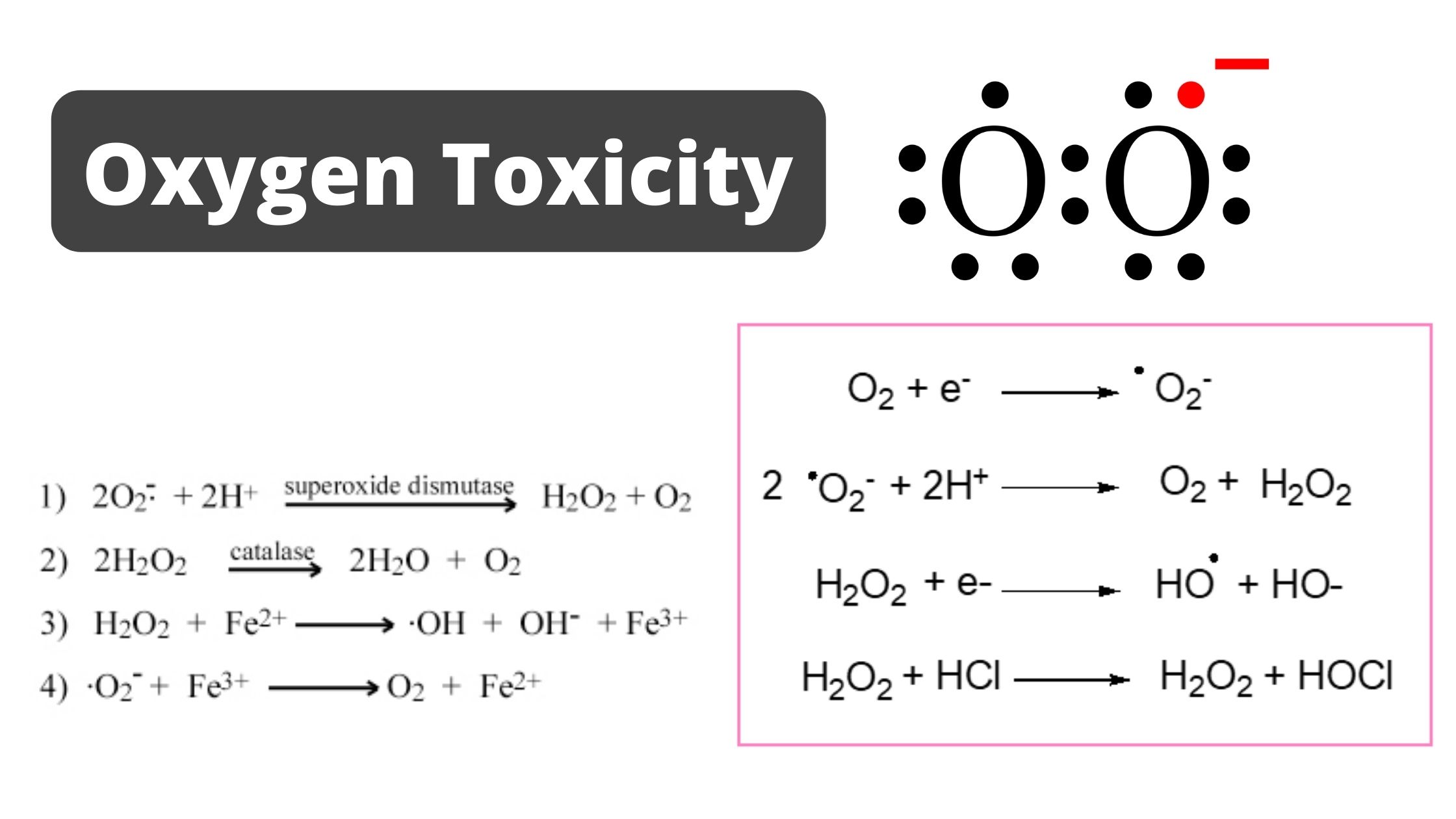Endotoxin – Definition, Examples, Structure, Virulence Mechanism
Endotoxin definition/what is endotoxin? Endotoxin examples The term”endotoxin” is typically used to describe the pyrogens that Gram-negative bacteria produce. In the field of bacteriology, this complicated compound is also referred to as lipopolysaccharide. It can be located in the membranes on the outside of bacteria such as Escherichia Coli, Salmonella shigella, Vibrio cholerae as well … Read more
